Rheumatism, a chronic disease, is not effectively treated by many medications. However, medicinal wine has a miraculous effect on its treatment, with Cangzhu wine being particularly effective. However, due to the increased value of Cangzhu herbs after gaining popularity for its role in fighting against SARS, there has been an increase in the number of counterfeit products. So how do we distinguish between genuine and counterfeit Cangzhu herbs?
【Name】
Cangzhu wine
【Composition】
30 jin of Cangzhu (cleaned, crushed, soaked in 3 shi of flowing water for 20 days)
【Functions and Indications】
Treats various types of rheumatism, ulcers, and severe foot odor
【Usage and Dosage】
Remove impurities, soak in juice, follow the process of making homemade wine. Drink when the wine is ready, at any time.
【Distinguishing Cangzhu】
Mao Cangzhu
Mao Cangzhu is irregularly clustered or nodular cylindrical in shape, slightly curved, with occasional branches, 3-10cm in length and 1-2cm in diameter. The surface is gray-brown, with wrinkles, transverse lines, and residual root hairs, with stem scars or residual stem bases at the top. It is firm in texture, with a yellow-white or gray-white color on the cross-section, and numerous orange-yellow or reddish-brown oil cells. After being exposed for a while, white needle-like crystals may appear. It has a unique fragrance and a slightly sweet, spicy, and bitter taste.
North Cangzhu
North Cangzhu is in the form of nodules or nodular cylindrical shape, 4-9cm in length and 1-4cm in diameter. The surface is black-brown, and when the outer skin is removed, it is yellow-brown. It has a looser texture, with yellow-brown oil cells scattered on the cross-section. It has a faint fragrance and a spicy, bitter taste.
1. The powder of genuine Cangzhu is brown. Calcium oxalate crystals are small and needle-like, measuring 5-30μm, irregularly filling the thin-walled cells. Fibers are mostly bundled, elongated, and have a diameter of about 40μm, with thick walls and lignification. There are many stone cells, sometimes connected to cork cells, with polygonal, circular, or elongated shapes, and a diameter of 20-80μm, with very thick walls. Inulin is commonly seen, with a surface showing a radiating pattern.
2. Take 0.8g of the powder of genuine Cangzhu, add 10ml of methanol, and sonicate for 15 minutes. Filter and use the filtrate as the test solution. Take 0.8g of the reference herb Cangzhu and prepare a solution using the same method as the test solution. Take the Cangzhu reference substance and add methanol to make a solution containing 0.2mg per 1ml, which is used as the reference solution. Perform the thin-layer chromatography test according to the thin-layer chromatography method (Appendix VI B of the 2010 Pharmacopoeia). Apply 6μl of the test solution, 6μl of the reference herb solution, and 2μl of the reference substance solution onto the same silica gel G plate. Use petroleum ether (60-90℃) - acetone (9:2) as the developing agent, develop, remove, dry, spray with a 10% sulfuric acid ethanol solution, and heat until the spots are clearly visible. In the test solution, spots of the same color appear at the corresponding positions as the spots in the reference herb solution and the reference substance solution.



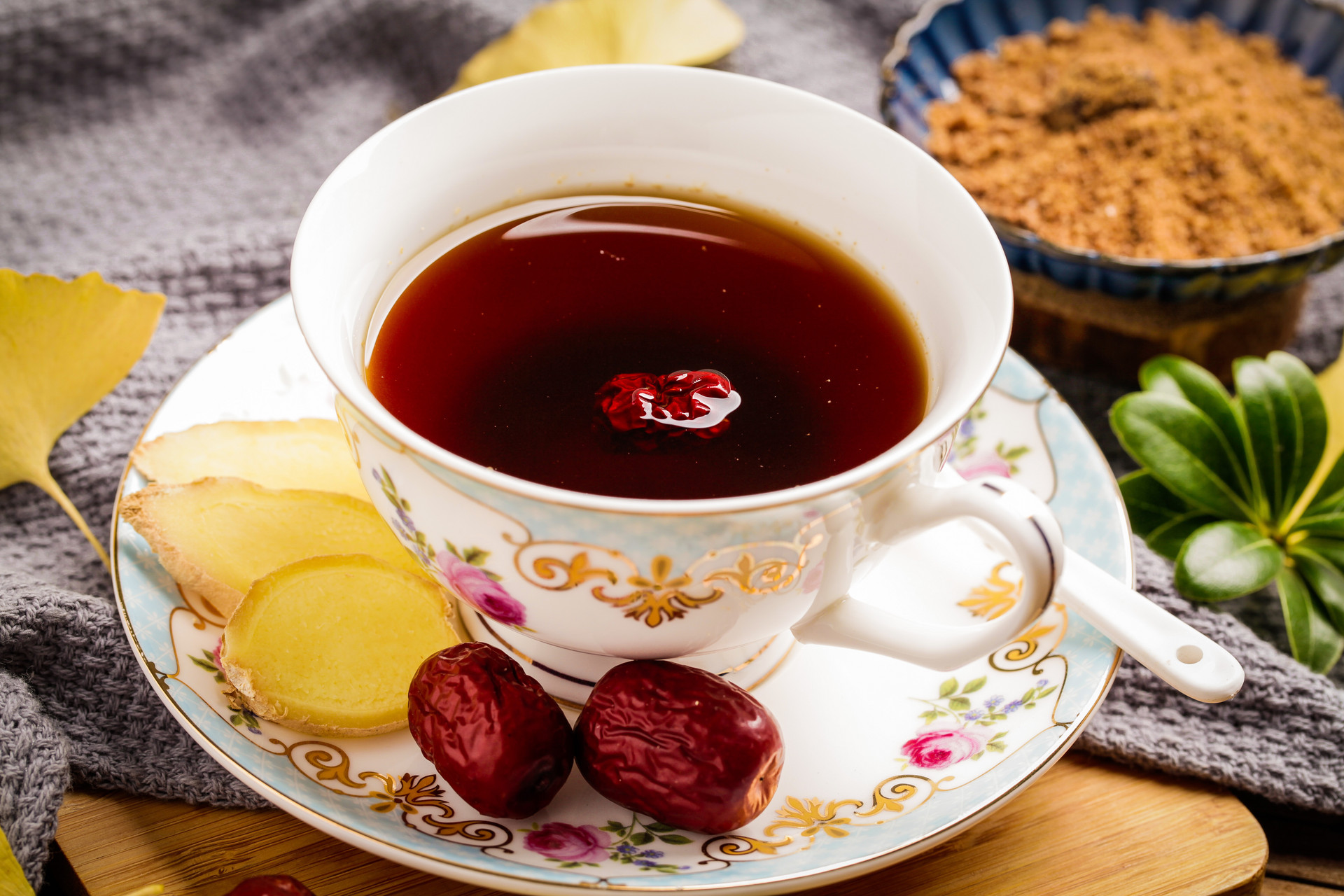
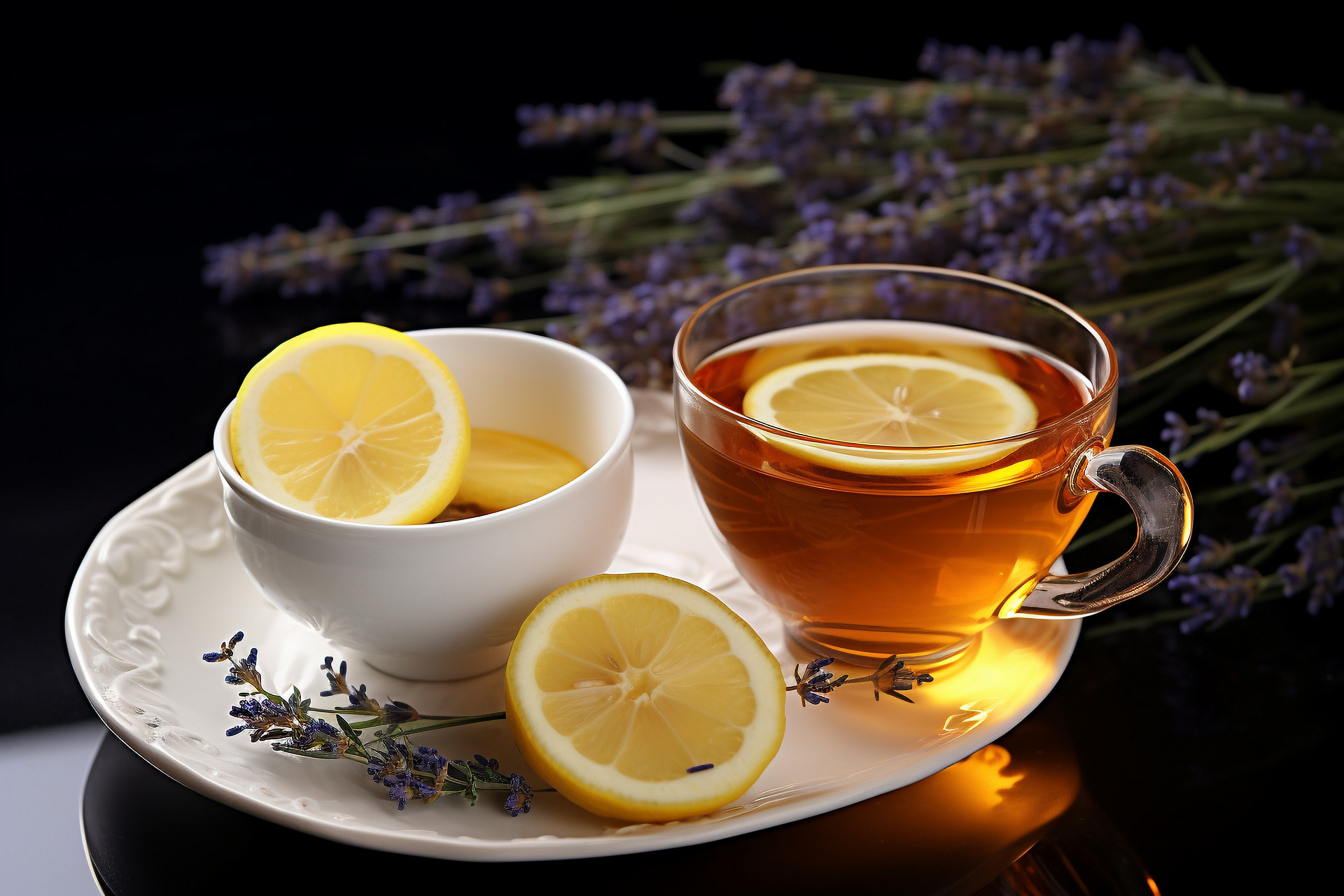
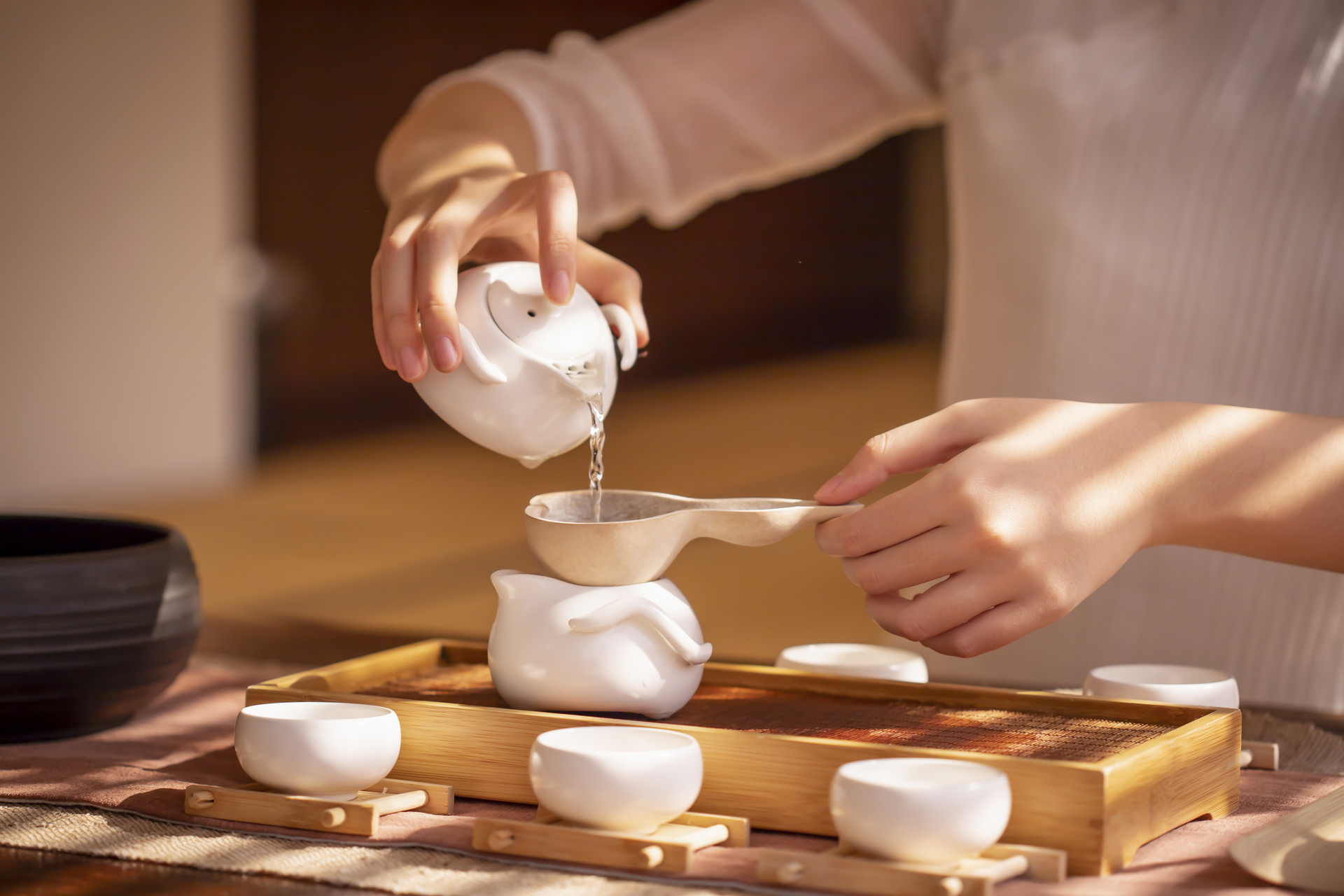
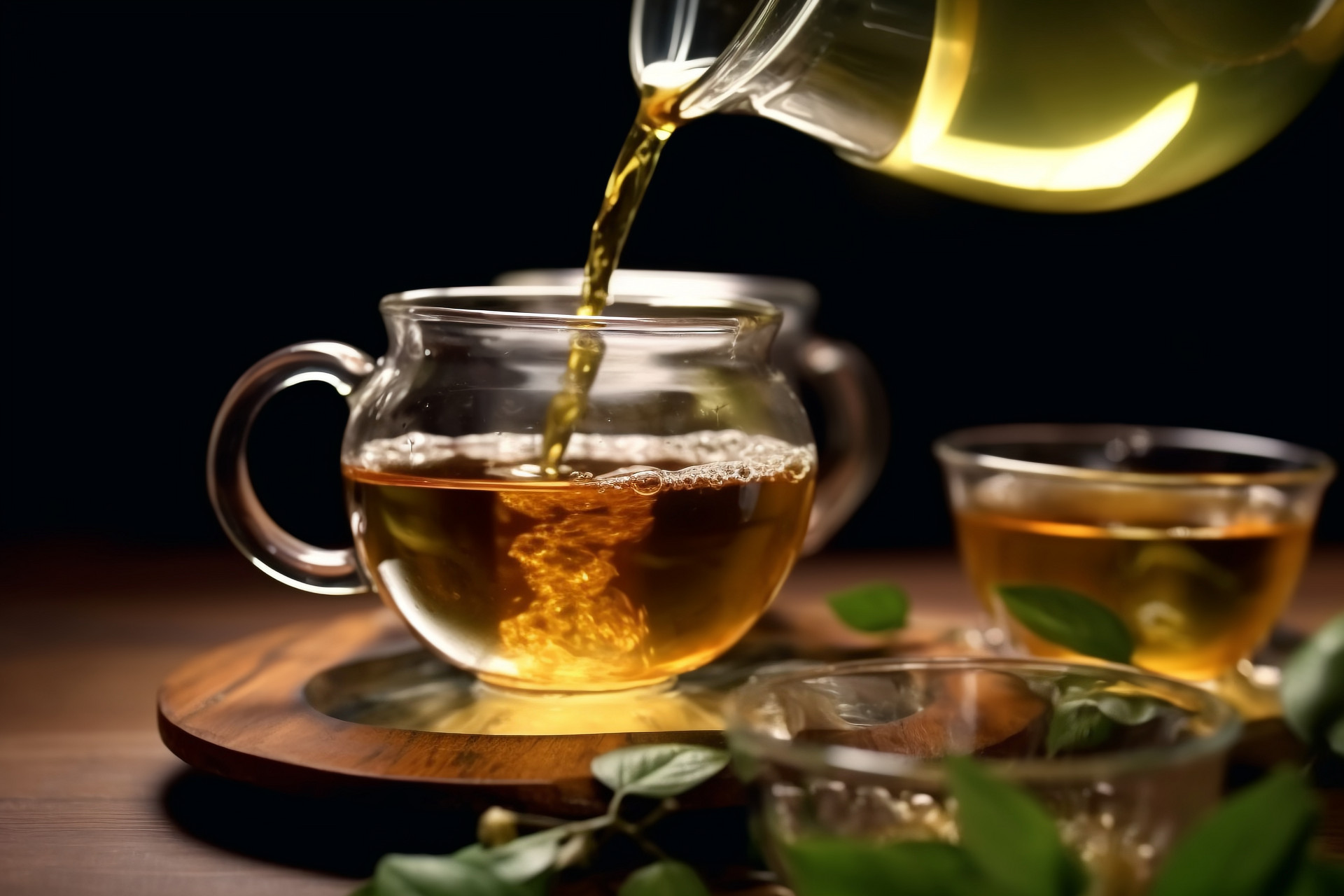

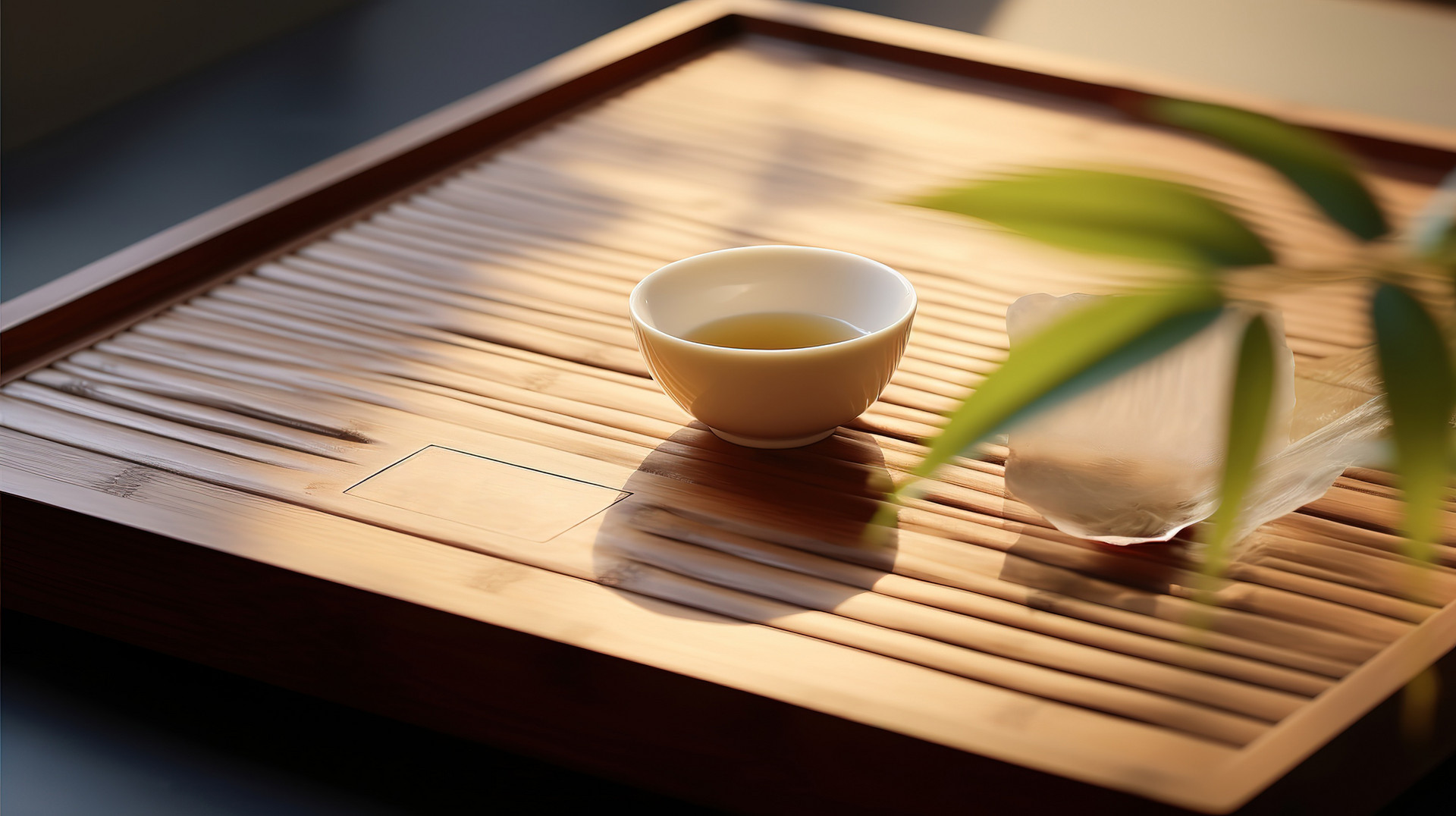
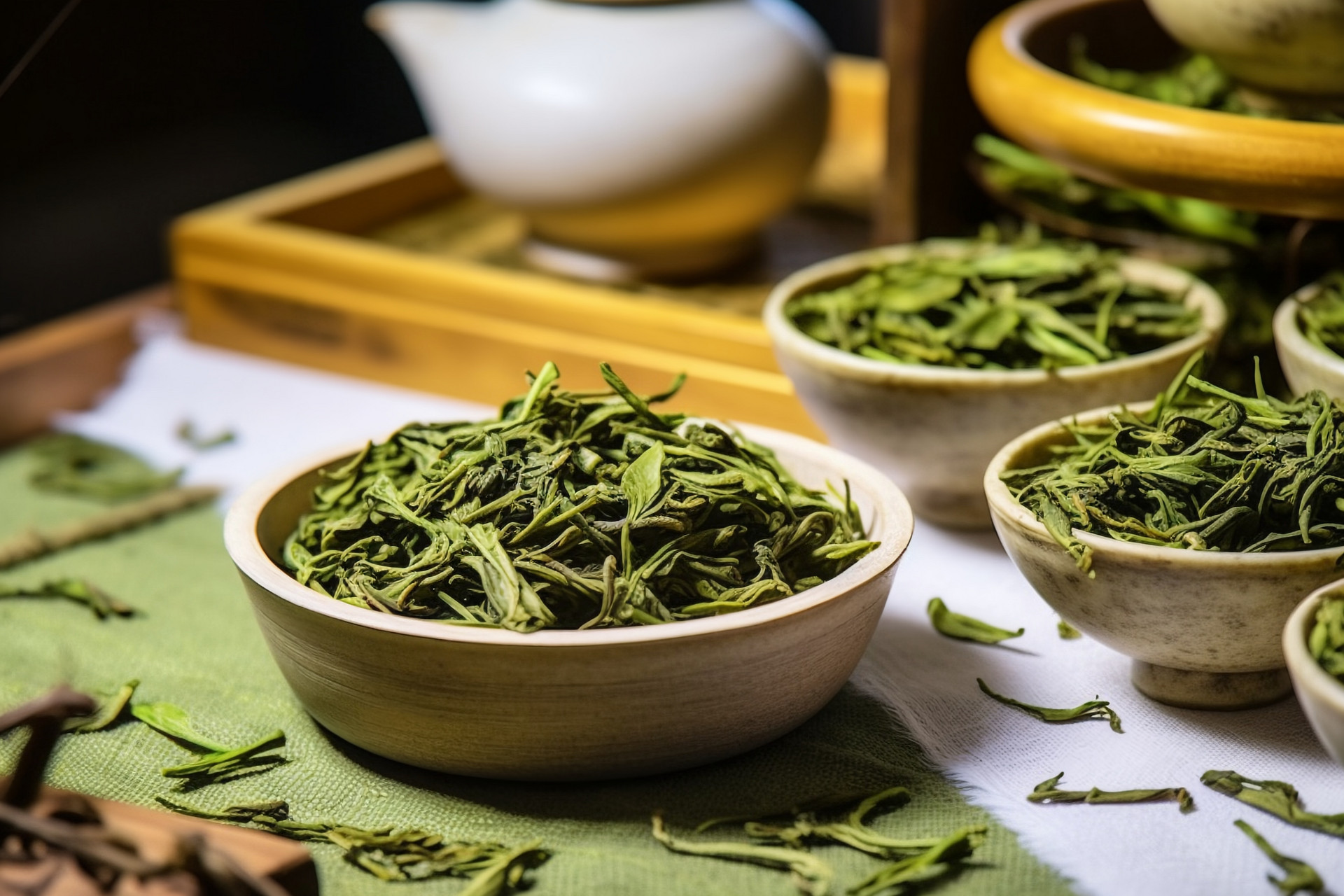
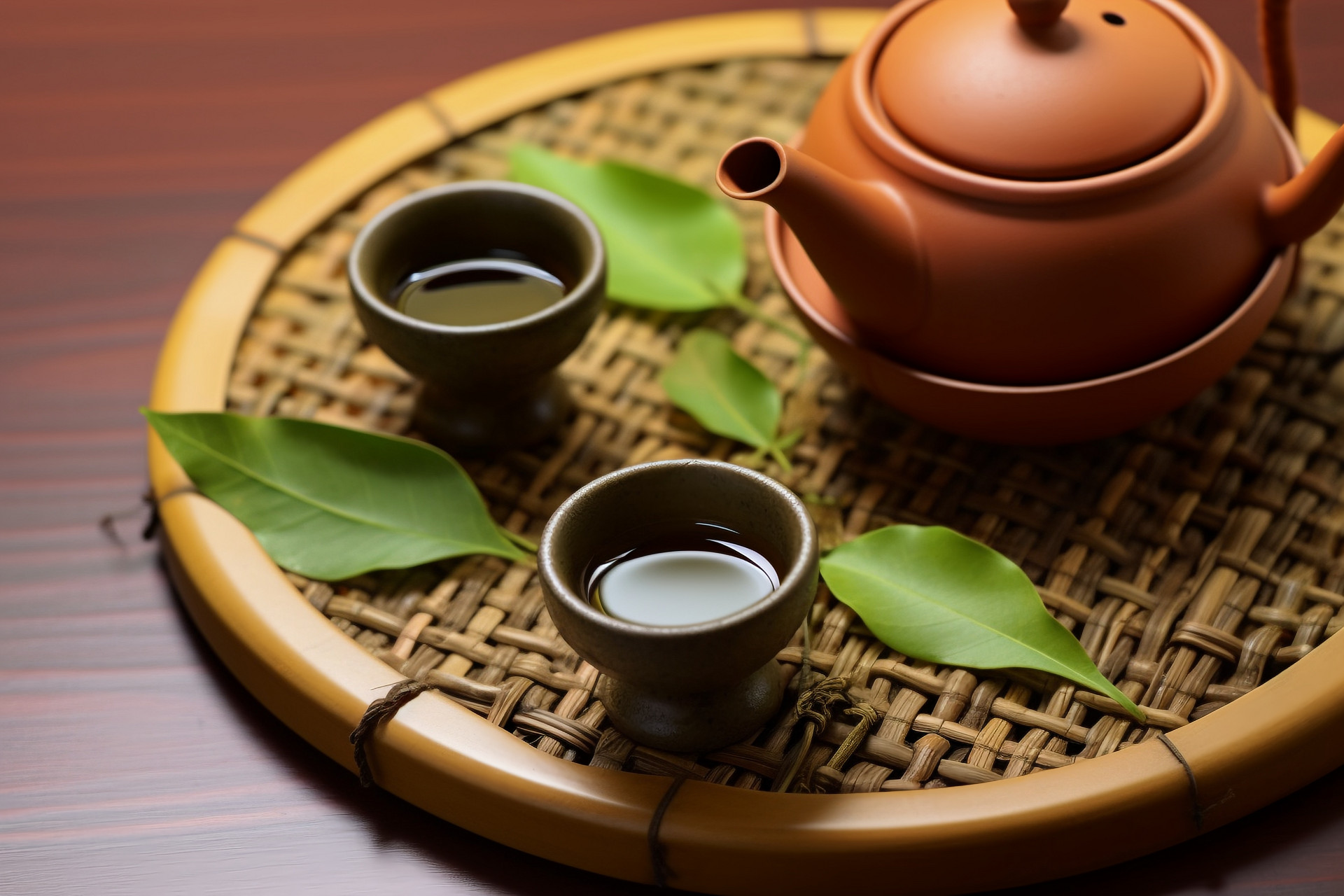
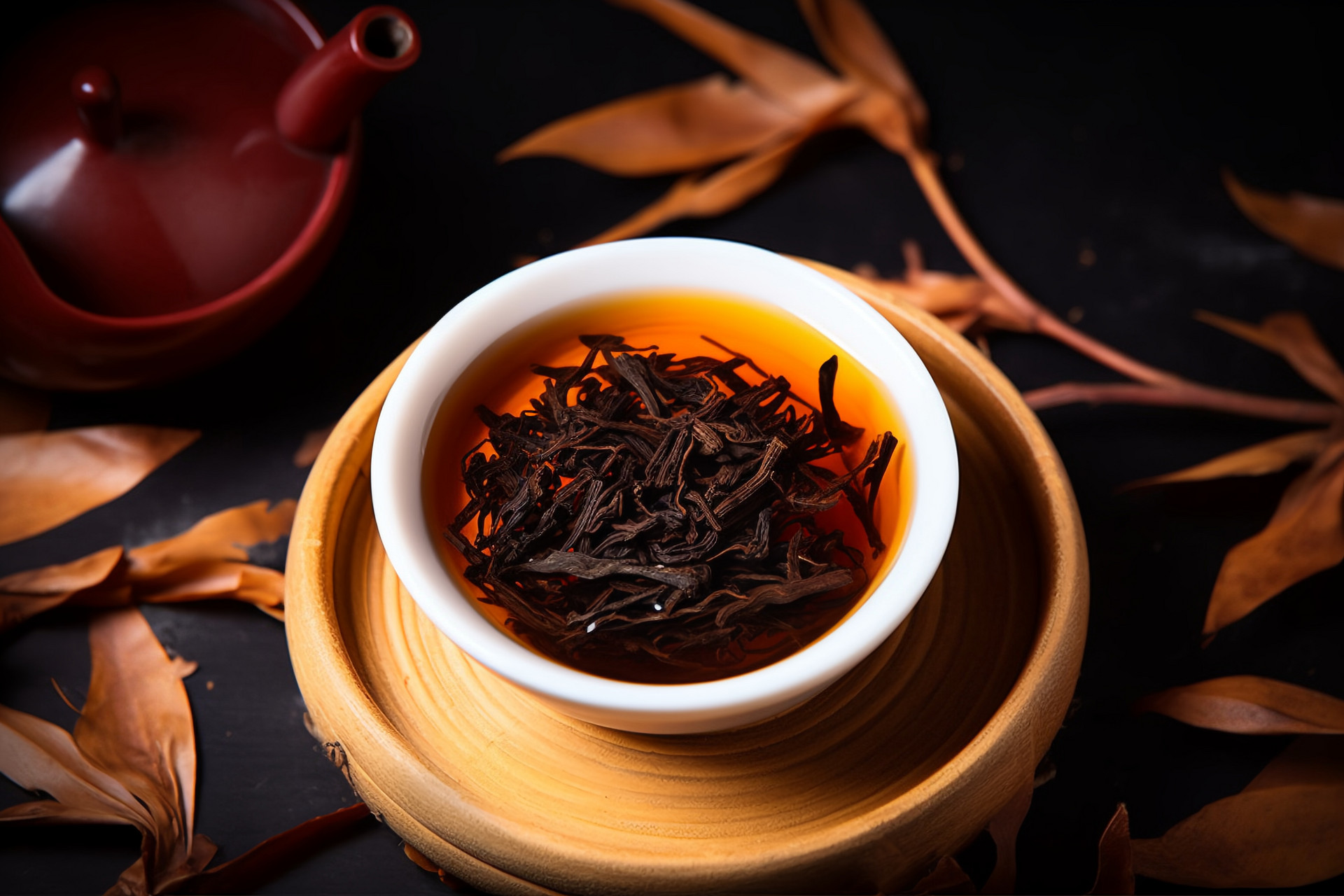
![[Herbal Wine Recipes for Health and Beauty]](https://tcmmaintenance.com/uploads/20240715/7241f6b6eafdaed88c28b26a37213964.jpg)